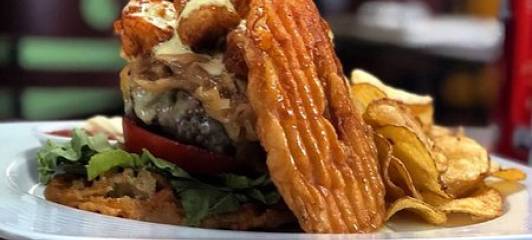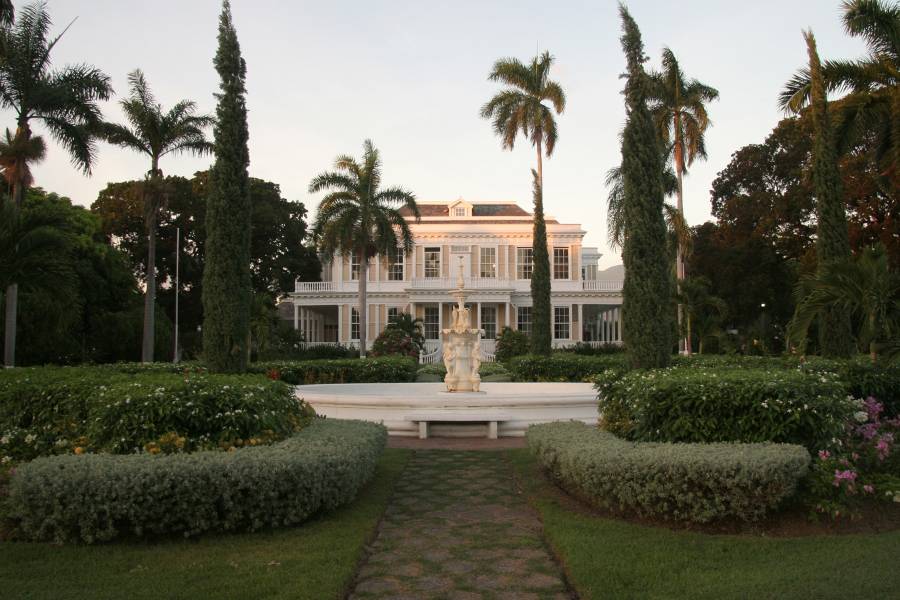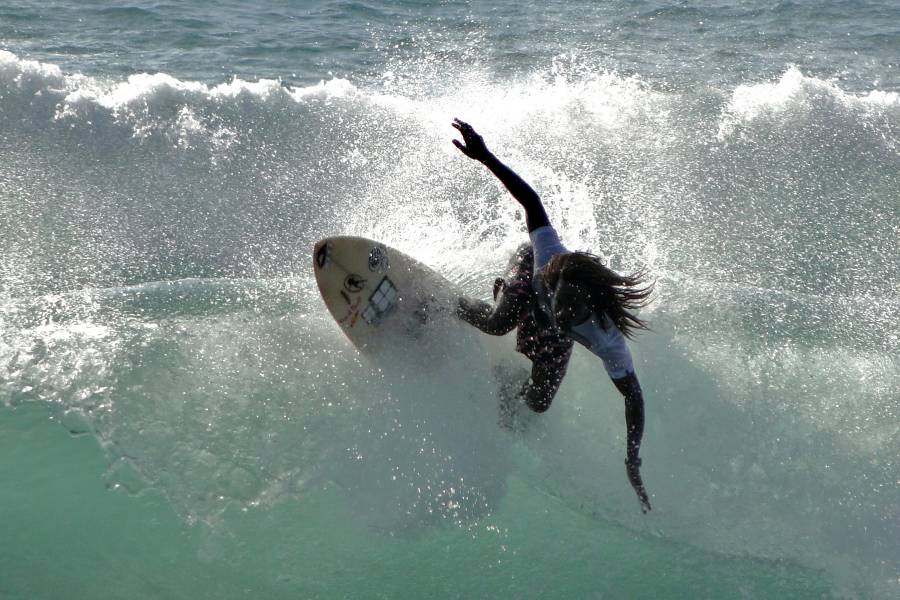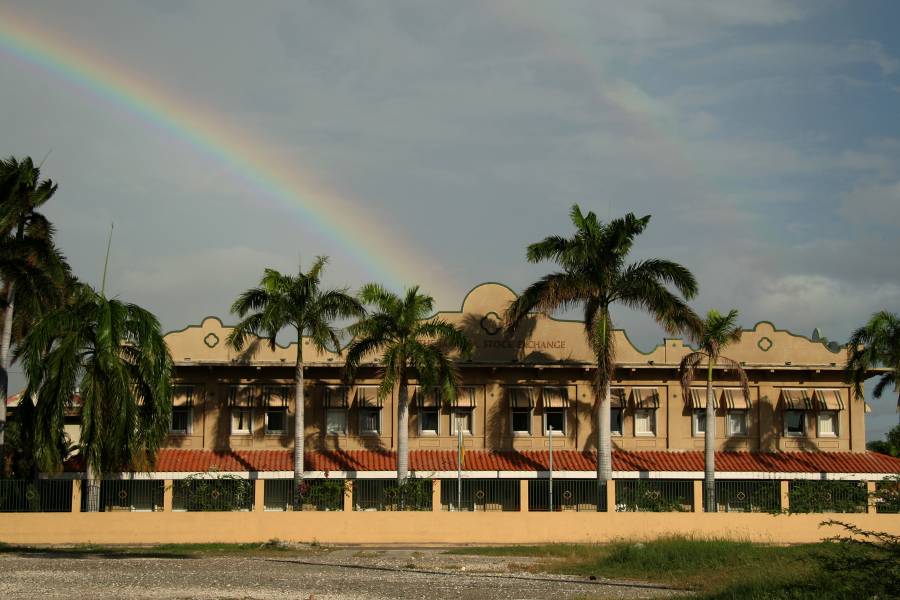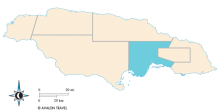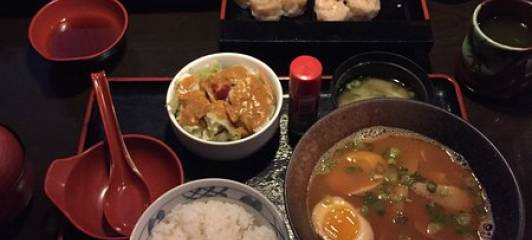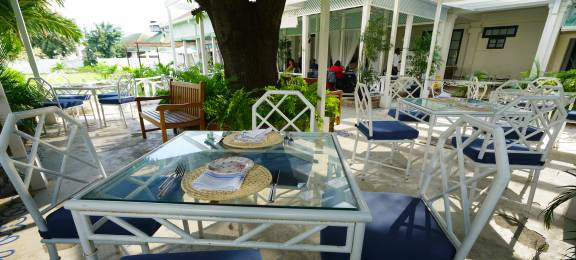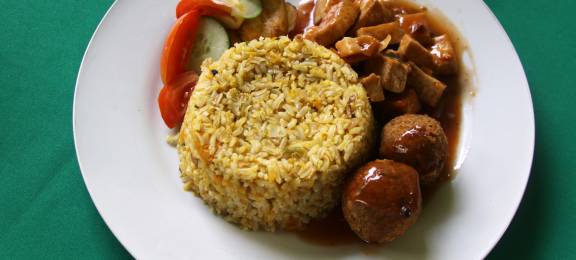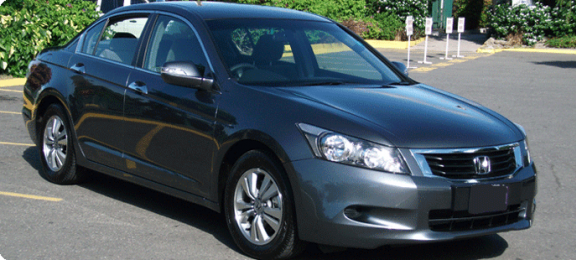The Jamagination Art Gallery a short walk from Belcour Lodge on the same estate, has a varied collection including works from intuitive and trained painters, plus sculpture, masks, and eccentric furniture pieces in the home gallery throughout the house. Most of the works are for sale. There is no charge for viewing, but an appointment is required. The gallery also sells Giclèes, or state-of-the art reproductions on canvas at a fraction of the cost of originals.
